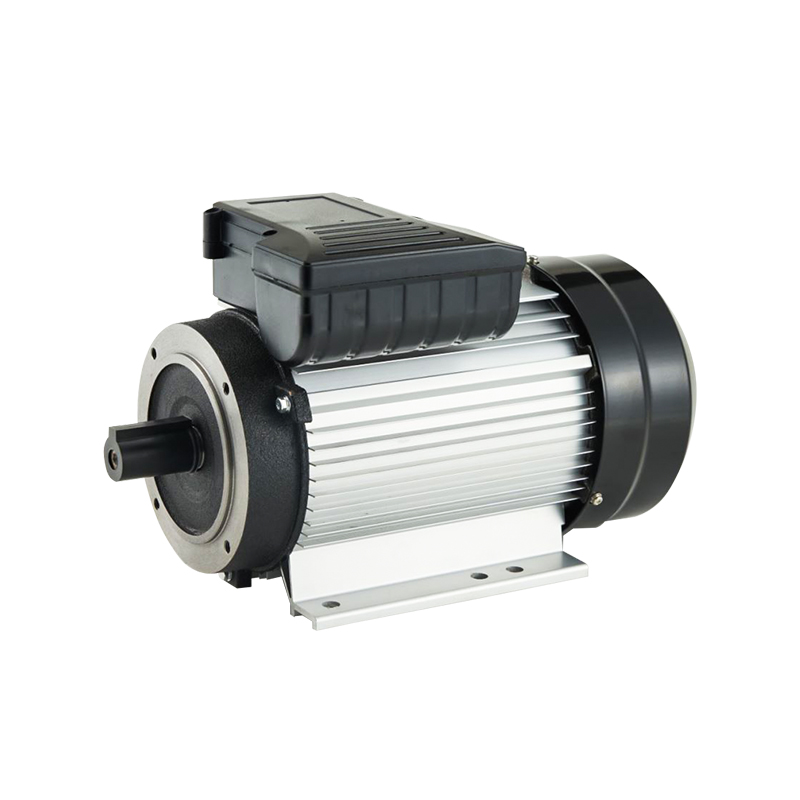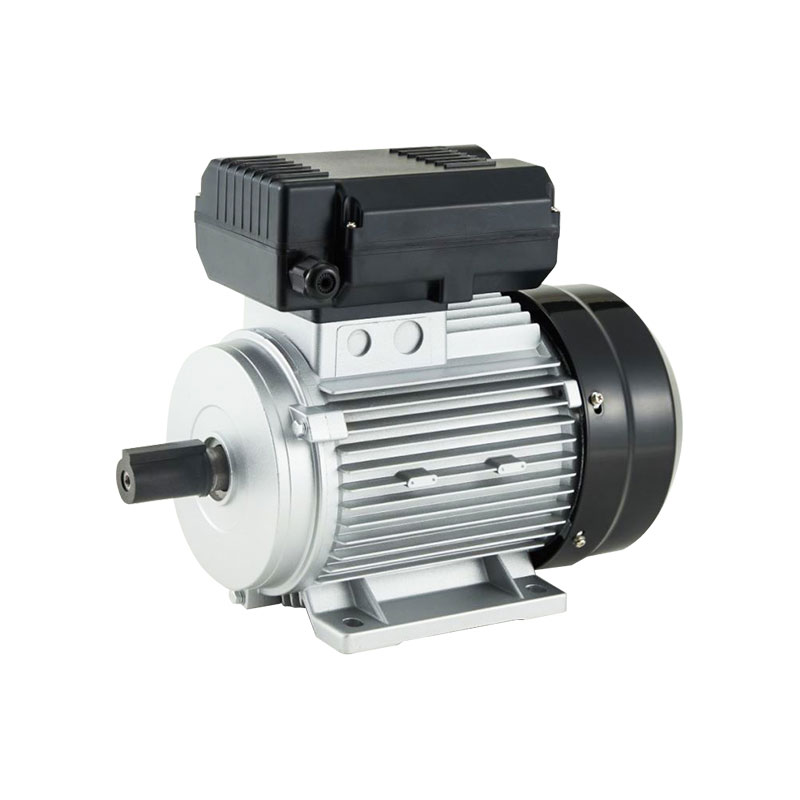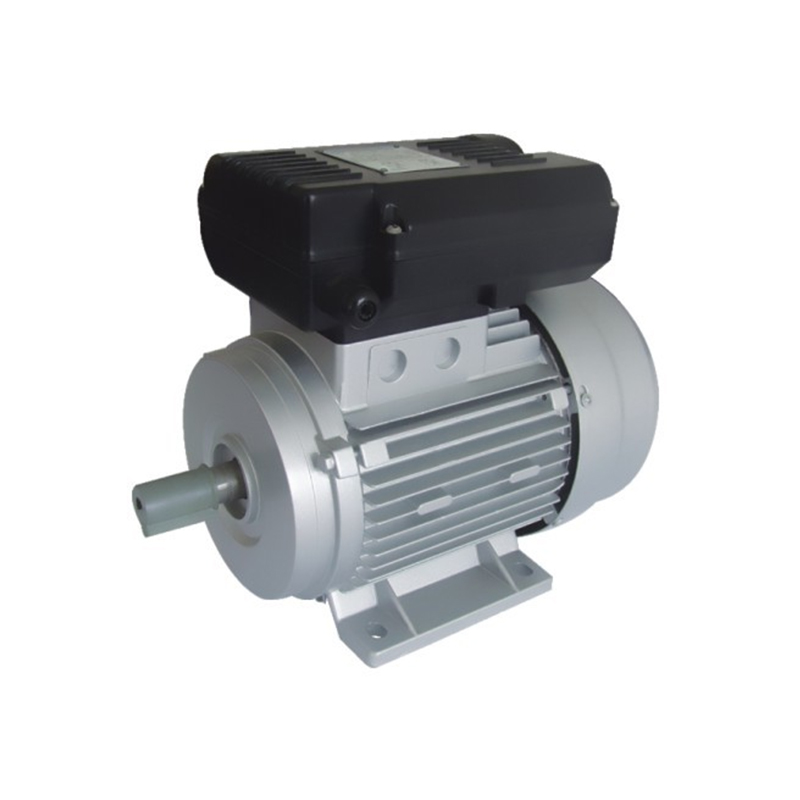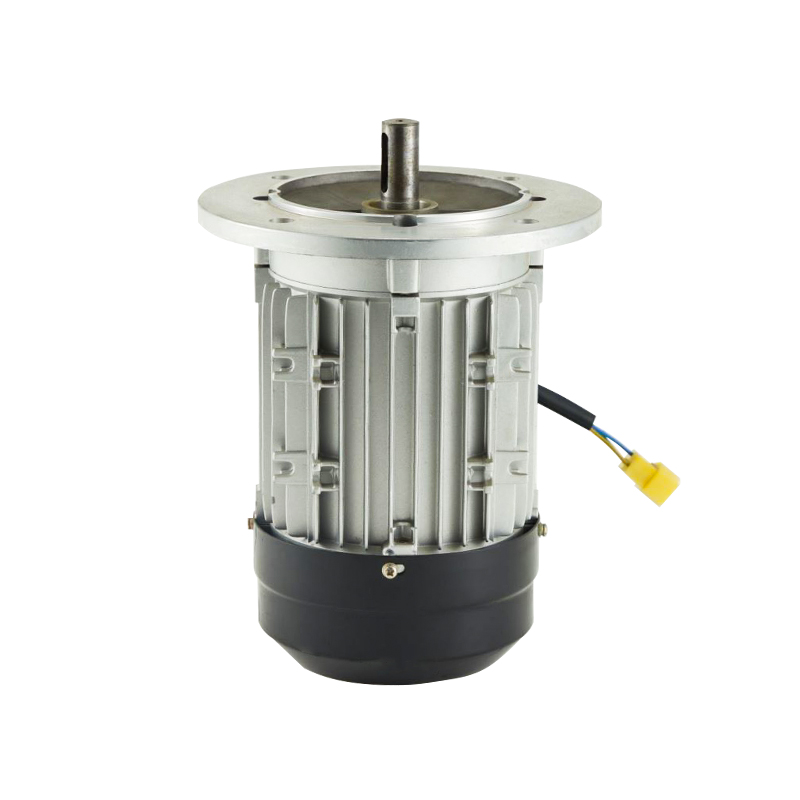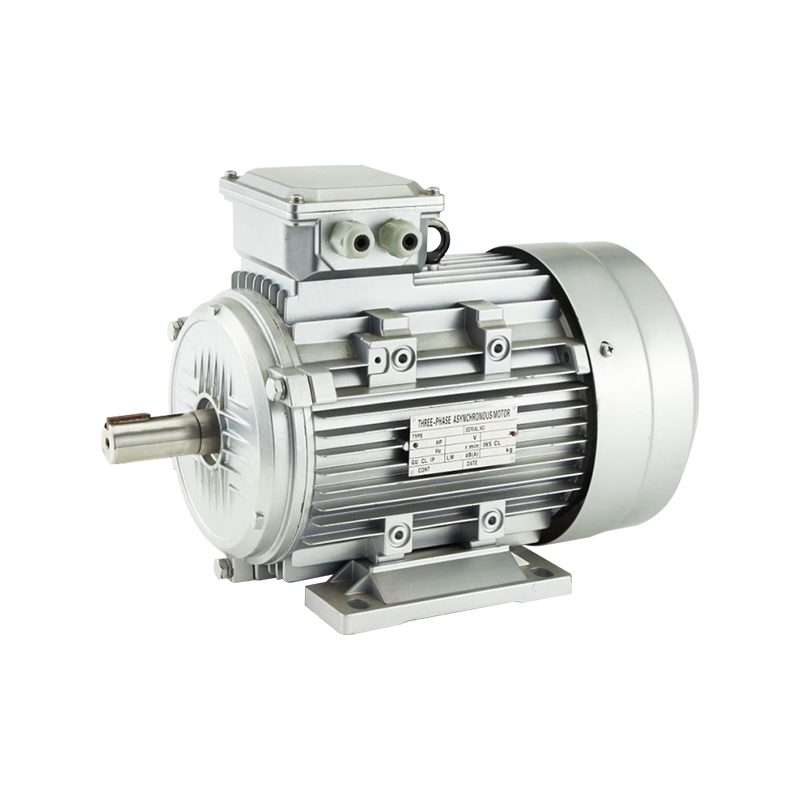In industrial and commercial applications, Permanent Magnet Synchronous Motors and Asynchronous Motors have become indispensable for their efficiency and performance. Correct installation, maintenance, and operational practices are essential for maximizing their lifespan and efficiency. This article provides a practical guide on the best practices for using permanent magnet synchronous motors and asynchronous motors, covering installation tips, regular maintenance, and preventive measures to keep these motors in top working condition.
Installing and Maintaining Permanent Magnet Synchronous Motors
Permanent Magnet Synchronous Motors (PMSMs) are known for their high efficiency and compact design. However, proper handling and maintenance are critical for ensuring optimal performance and durability.
Industrial Automation Permanent Magnet Synchronous Motor
Installation Tips
Avoid Impact on Magnets: PMSMs use powerful permanent magnets, which are sensitive to physical impact. When installing these motors, take care not to apply excessive force to the housing, as impacts can weaken or misalign the magnets. Use padded tools and handle the motor gently to avoid damaging the magnetic structure.
Correct Alignment: To maintain efficient operation, align the motor correctly with its load. Misalignment can lead to uneven wear, increased friction, and potential damage to both the motor and connected equipment. A laser alignment tool can ensure precise positioning.
Secure Mounting: Properly secure the motor to its base to minimize vibrations. Vibration can affect the performance of the motor over time and may lead to mechanical failure. Mounting bolts should be tightened according to the manufacturer's specifications.
Maintenance Best Practices
Temperature Control: Overheating is a common issue with PMSMs. Use thermal sensors to monitor the motor's temperature and ensure it stays within the recommended range. Excessive heat can demagnetize the permanent magnets, reducing efficiency and lifespan.
Periodic Magnet Checks: Regularly inspect the permanent magnets to ensure they maintain their magnetic properties. A drop in magnetic strength can decrease motor efficiency, leading to higher energy consumption.
Dust and Moisture Protection: Keep the motor clean and dry. Dust and moisture can cause wear and corrosion on the motor's exterior and bearings, affecting performance. Use dust covers if the motor operates in a harsh environment.
Lubrication and Bearings
Lubricate the motor bearings as specified by the manufacturer. Lubrication reduces friction and wear, extending the motor's operational life. Over-lubrication can also be detrimental, so follow the recommended intervals and quantities.
Operating and Caring for Asynchronous Motors
Asynchronous Motors, also known as induction motors, are versatile and widely used in various industrial settings. They are valued for their simple design and durability, but proper installation and maintenance are necessary to avoid performance issues.
Installation and Wiring
Correct Wiring: Before installation, ensure that the motor is wired according to the specified voltage and phase requirements. Incorrect wiring can lead to inefficient operation or even motor failure. Always refer to the manufacturer's wiring diagram, and consult a professional electrician if needed.
Starting and Running: Asynchronous motors may experience a high inrush of current when starting. Soft starters or variable frequency drives (VFDs) can help reduce this initial load, protecting the motor from unnecessary wear.
Avoid Overloading: Overloading an asynchronous motor can cause overheating and degrade its performance. Determine the load requirements beforehand and select a motor with a capacity that meets or exceeds this load.
Maintenance and Insulation Checks
Regular Insulation Checks: Insulation failure is a common issue with asynchronous motors. Conduct regular insulation tests to detect any weaknesses or breakdowns. Damaged insulation can cause electrical shorts, resulting in inefficient performance or motor damage.
Cleaning and Lubrication: Keep the motor clean and lubricate the bearings periodically. Dust and debris can accumulate on the motor's surface, leading to overheating. A soft brush or compressed air can help remove dust without damaging sensitive components.
Inspect Connections: Loose electrical connections can lead to power fluctuations and affect motor performance. Check connections regularly to ensure they are secure and free from corrosion.
Temperature and Vibration Management
Monitor the motor temperature during operation to ensure it doesn't exceed recommended levels. High temperatures can degrade the motor's insulation and other components. Installing cooling fans or thermal sensors can help maintain optimal operating conditions.
Minimize vibrations, which can lead to wear and damage over time. Check the motor mountings, base, and surrounding structures for stability, as vibrations can also affect adjacent equipment.
Comparison of Permanent Magnet Synchronous Motors and Asynchronous Motors
Both Permanent Magnet Synchronous Motors and Asynchronous Motors are effective for various applications, but each has specific characteristics and maintenance needs.
Efficiency: PMSMs tend to be more efficient than asynchronous motors due to their permanent magnets, which provide consistent power. However, they require careful handling to avoid damage to the magnets.
Starting Mechanism: Asynchronous motors are easier to start and require fewer controls, making them more user-friendly in many applications. PMSMs, on the other hand, may require more complex starting controls to manage torque and speed.
Maintenance: PMSMs need regular magnet checks, while asynchronous motors require more attention to insulation and wiring integrity. Choosing the right motor depends on the specific operational and environmental needs of the application.
Practical Tips for Long-Term Motor Efficiency
Regular Monitoring: Invest in monitoring tools like thermal sensors and vibration analyzers. These tools help detect early signs of wear and tear, allowing for timely maintenance and reducing the risk of unexpected breakdowns.
Documentation and Scheduling: Maintain detailed records of all maintenance activities and schedule regular inspections. This approach ensures that no maintenance tasks are missed and helps track the motor's performance over time.
Choosing Quality Components: When replacing parts, use high-quality components that meet the manufacturer's standards. Using substandard parts can affect motor performance and void warranties.


